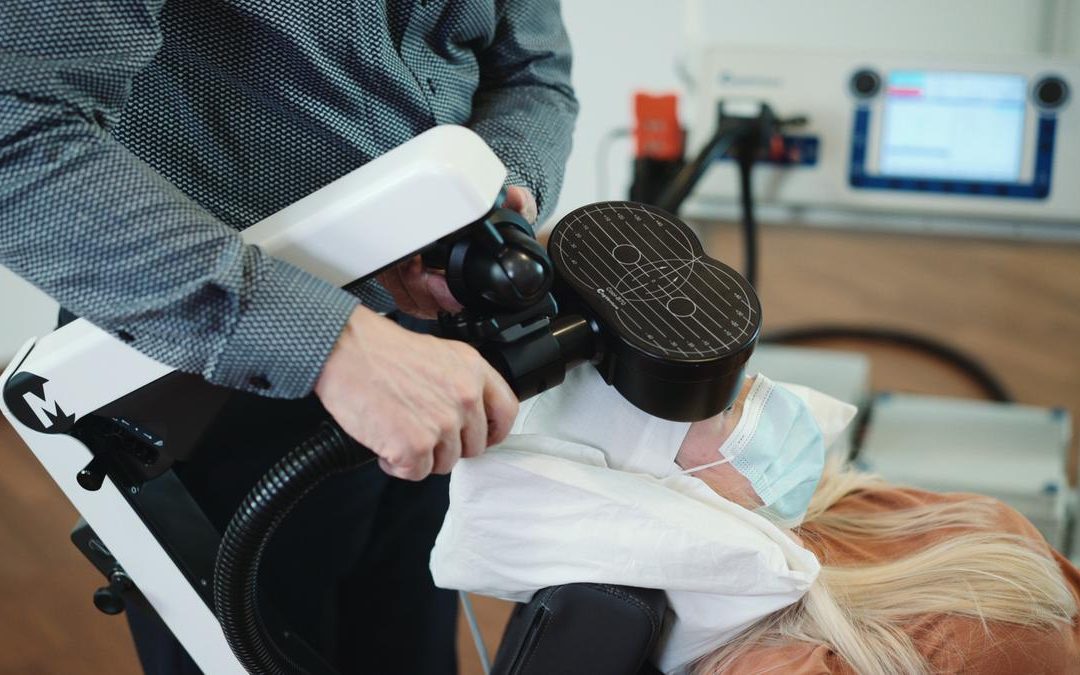Fibromyalgia syndrome has puzzled the medical profession for a long time.
It is a disorder that affects women far more than men, causing chronic, widespread muscle pain, usually accompanied by fatigue, sleep disturbances and brain fog[1]. However, until recently, it was incredibly difficult to find out what was actually causing these symptoms, as blood tests, x-rays, MRIs and other available tests would all come back clear. This led to scepticism among many healthcare professionals about whether or not it was even a real condition, an attitude that often meant sufferers were not taken seriously or given the help that they required. Although modern advances in neurological imaging have now identified clear differences in the way that the brains of people with fibromyalgia process pain, a lack of awareness of the condition means that diagnosis often still takes longer than it should[2].
Traditionally, fibromyalgia was managed with painkillers. However, in early 2021 the National Institute for Care and Health Excellence (NICE) changed their guidelines in response to the growing opioid crisis, so that people living with chronic pain are now no longer routinely offered these medications on the NHS[3]. Although done with good intentions, this move has been devastating for some, who are now left with very few treatment options available to them.
According to the NHS website, people with fibromyalgia may be offered any of the following: Antidepressants, sleeping tablets, muscle relaxants, antipsychotics, exercise therapy, psychotherapy or various complementary therapies[4]. Although helpful for some, the issue with these options is that they are all focused on symptomatic relief, rather than addressing the root cause of the condition. This is why all of us at TMS London are so excited about our pioneering treatment approach, as finding a way to tackle the underlying cause of fibromyalgia could be life changing for so many.
[1] Theoharides TC, Tsilioni I and Bawazeer M (2019) Mast Cells, Neuroinflammation and Pain in Fibromyalgia Syndrome. Front. Cell. Neurosci. 13:353. doi: 10.3389/fncel.2019.00353
[2] Vasanthy, B., & Parameswaran Nair, V. C. (2018). Fibromyalgia: perspective of patients, medial students and professionals. J Evid Based Med Healthc, 5(34), 2463-2467.
[3] https://www.nice.org.uk/guidance/ng193/chapter/Recommendations
[4] https://www.nhs.uk/conditions/fibromyalgia/treatment/



